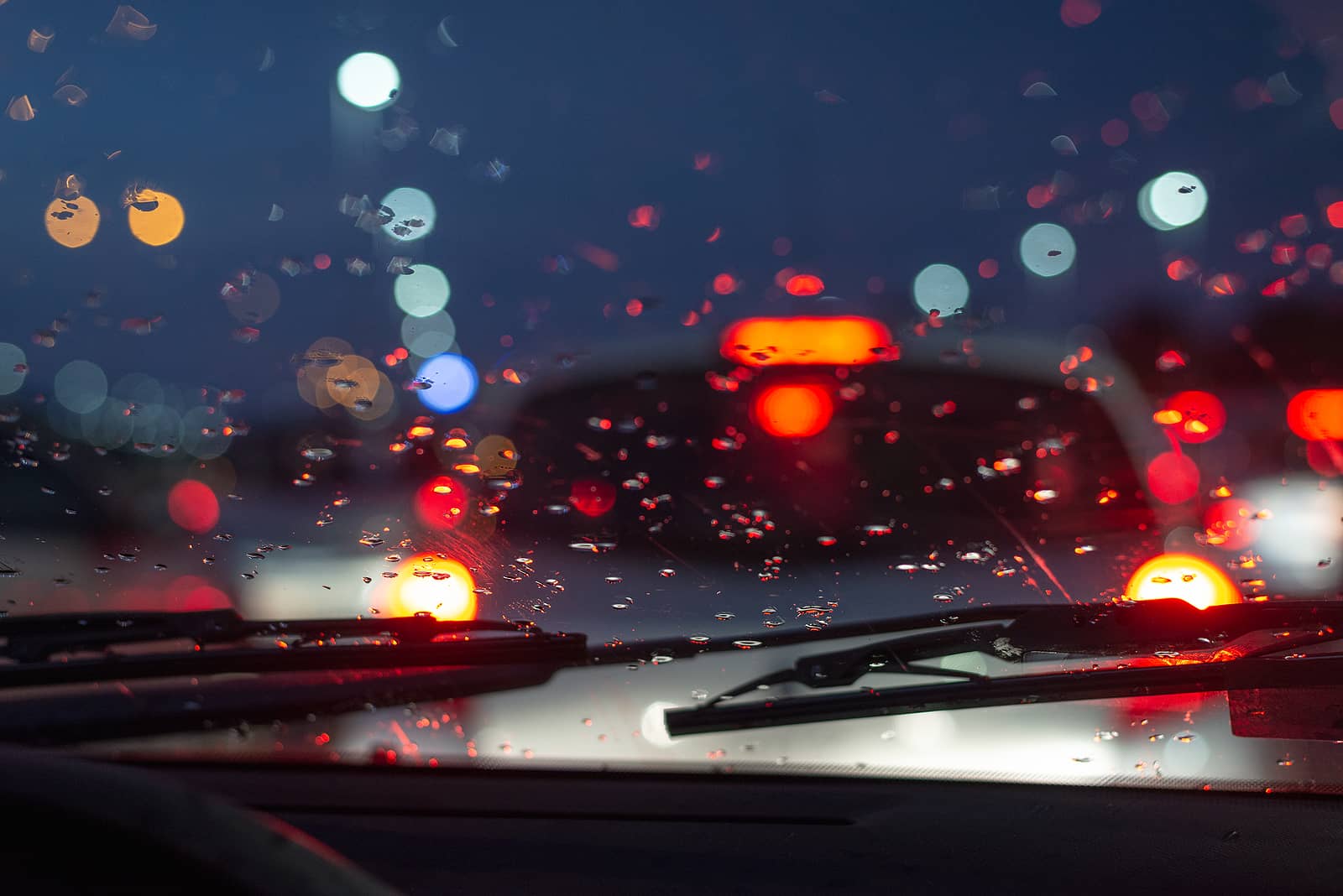Weather conditions can significantly affect car accidents and their legal implications. Whether it’s rain, snow, fog, or ice, adverse weather can complicate the determination of liability. A St. Louis car accident lawyer says understanding how weather scenarios impact legal responsibility is essential for drivers and legal professionals.
The Role Of Weather In Car Accidents
Weather conditions can drastically alter driving conditions, making roads hazardous and increasing the likelihood of accidents. Rain can create slippery surfaces and reduce visibility, while snow and ice can make it difficult to control a vehicle. Fog can obscure vision, and high winds can affect vehicle stability. Despite these challenges, drivers are expected to adjust their driving to the conditions to maintain safety.
Determining liability can be complex when an accident occurs under adverse weather conditions. Courts and insurance companies will consider numerous factors, including the driver’s actions, road conditions, and weather reports. It is important to note that bad weather alone doesn’t absolve a driver from liability. Drivers have a duty to exercise reasonable care, which includes adjusting their speed and driving behavior according to the weather.
Rain And Wet Conditions
Rain is one of the most common weather conditions contributing to car accidents. Wet roads can reduce tire traction, leading to longer stopping distances and an increased risk of hydroplaning. Rain on the windshield and reflections on the road surface may also compromise visibility.
In wet conditions, drivers are expected to reduce their speed and increase following distances to account for slippery roads. Failure to do so can result in liability if an accident occurs. For example, if a driver speeds on a wet road and rear-ends another vehicle, they may be found negligent for not driving safely under the given conditions.
Snow And Ice
Snow and ice present significant hazards, often leading to severe accidents. These conditions can make starting, stopping, and steering a vehicle difficult, increasing the risk of collisions. Black ice, in particular, is treacherous because it is nearly invisible and can catch drivers by surprise.
Drivers must take extra precautions in snowy and icy conditions. This includes driving at reduced speeds, using snow tires or chains if necessary, and avoiding sudden maneuvers. If a driver loses control on an icy road and causes an accident, they may be held liable for not taking appropriate measures to ensure safety.
Fog And Reduced Visibility
Fog can dramatically reduce visibility, making it challenging for drivers to see other vehicles, road signs, and obstacles. Accidents in foggy conditions often involve multiple vehicles due to the chain-reaction nature of such crashes.
In foggy conditions, drivers should use low-beam headlights, reduce speed, and maintain a greater distance from other vehicles. Ignoring these precautions can lead to liability. For instance, if a driver fails to use their headlights in dense fog and collides with another vehicle, they may be deemed negligent for not enhancing their visibility.
Wind And Storms
High winds and storms can also affect driving conditions, especially for larger vehicles like trucks and SUVs. Strong gusts can push vehicles out of their lanes, and debris from storms can create sudden obstacles on the road.
Drivers need to be aware of the risks posed by high winds and storms and adjust their driving accordingly. This may include reducing speed, keeping a firm grip on the steering wheel, and being extra cautious near large vehicles. Failing to adapt to these conditions can result in liability if an accident occurs.
Legal Considerations
Several legal factors come into play when determining liability in weather-related car accidents. These include the driver’s adherence to traffic laws, the condition of the vehicle, and the steps taken to mitigate risks. Courts and insurance companies will evaluate whether the driver acted reasonably under the given weather conditions.
Evidence such as police reports, witness statements, and weather reports will be crucial in establishing the circumstances of the accident. Expert testimony may also be used to assess whether the driver’s actions were appropriate given the weather conditions.
Conclusion
Weather conditions can significantly impact car crash liability, but drivers must exercise caution and adjust their behavior accordingly. Rain, snow, fog, and wind each present unique challenges that require specific precautions. The St. Louis car accident lawyer believes understanding how weather affects legal responsibility can help drivers navigate these situations more effectively and ensure they are safely prepared to handle adverse conditions. By taking the necessary precautions, drivers can reduce the risk of accidents and protect themselves from potential liability.

